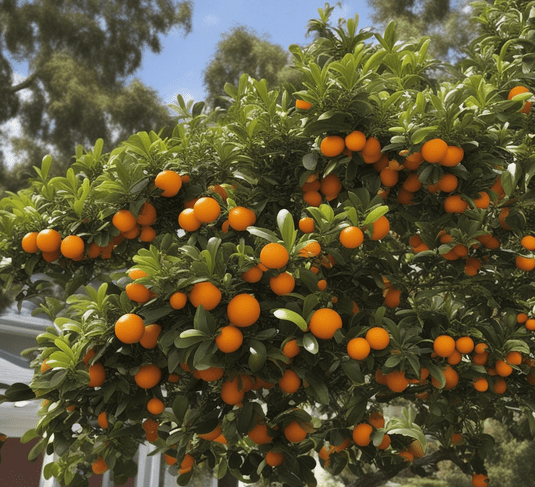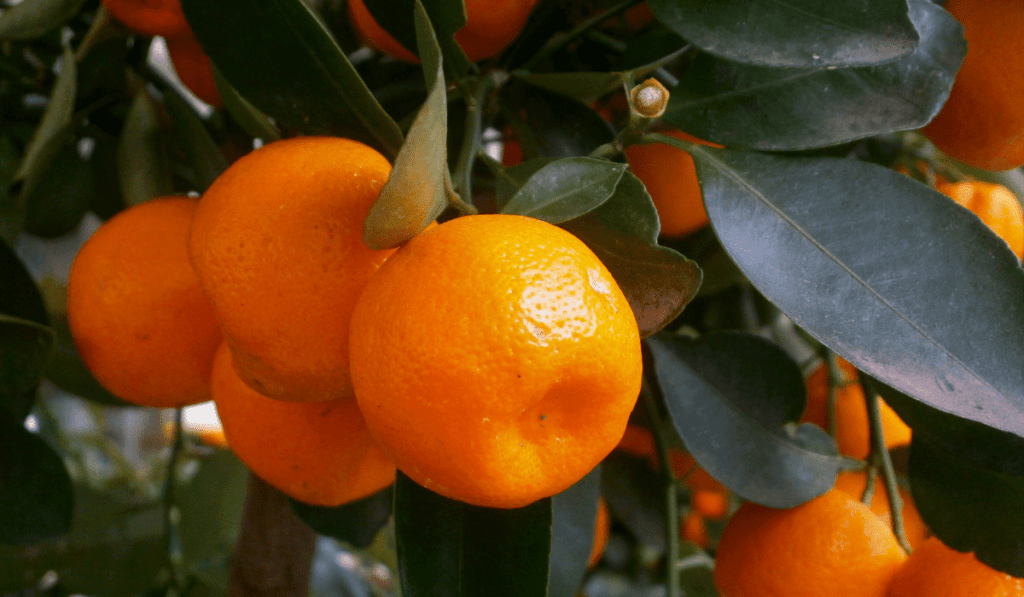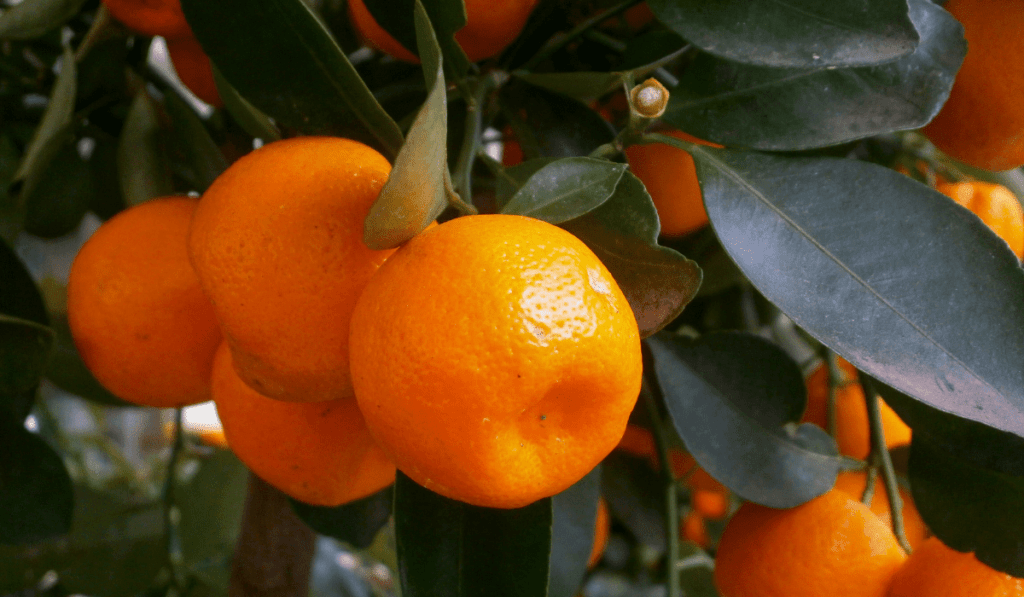Nurture your Calamondin (Citrus microcarpa) trees to thrive with a guide on “Calamondin Tree Care.” Unlock the secrets of caring for these citrus wonders, ensuring they flourish in your garden. This guide simplifies the process, making Calamondin tree care a breeze. Ready to enjoy the vibrant fruits of your labor? Let’s delve into the essential steps for nurturing Calamondin trees together!
Calamondin Tree Basics
Before diving into care instructions, let’s get to know the Calamondin tree better:
Size and Appearance:
Calamondin trees are small, evergreen shrubs or trees, typically reaching heights of 6 to 10 feet. They are adorned with glossy green leaves and produce small, round, orange fruits.
Fruit Characteristics:
Calamondin fruits are approximately the size of a golf ball and are tangy, sour, and often used in jams, marmalades, or as garnishes for dishes and beverages.
Calamondin Tree Care Tips
To ensure the health and productivity of your Calamondin trees, consider the following care guidelines:
Sunlight:
Calamondin trees thrive in full sunlight. Ensure they receive at least 6 to 8 hours of direct sunlight each day.
Well-Drained Soil:
Plant your Calamondin tree in well-drained, slightly acidic soil. Good drainage is crucial to prevent root rot.
Watering:
Keep the soil consistently moist but not waterlogged. Water deeply when the top inch of soil feels dry, especially during the growing season.
Fertilization:
Feed your Calamondin tree with a balanced, slow-release citrus fertilizer during the growing season (spring and summer). Follow the recommended dosage on the fertilizer label.
Pruning:
Prune your tree regularly to maintain its shape, remove dead or diseased branches, and improve air circulation. Pruning can be done in late winter or early spring.
Pest and Disease Management:
Keep an eye out for common citrus pests like aphids and scale insects. Treat infestations promptly with horticultural oil or insecticidal soap. Monitor for signs of citrus diseases and address them accordingly.
Protection from Cold:
If you live in a region with cold winters, provide protection for your Calamondin tree during freezing temperatures. Consider moving potted Calamondin trees indoors during the winter months.
Harvesting:
Harvest Calamondin fruits when they are fully ripe, typically in the late fall or early winter. They can be used in various culinary applications, including as a citrusy garnish or in homemade preserves.
Conclusion
Caring for Calamondin Citrus trees is a rewarding experience, as these trees not only add beauty to your garden but also provide tangy fruits for culinary adventures. With the right balance of sunlight, water, and nutrients, your Calamondin tree can flourish and delight you with its vibrant orange harvest.
In summary, nurturing your Calamondin Citrus trees involves providing the ideal growing conditions and regular care to enjoy a bountiful harvest of these delightful miniature oranges.



